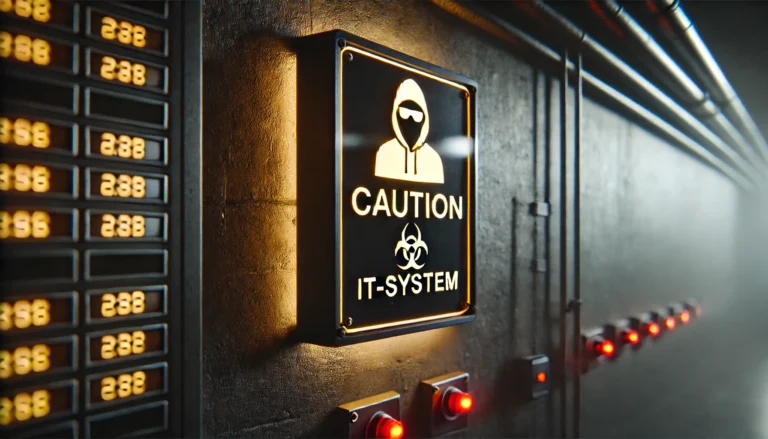The Importance of Measuring Cybersecurity Effectively
In an era where cyberattacks are increasingly sophisticated and pervasive, measuring the effectiveness of cybersecurity efforts is no longer optional—it’s critical. Businesses face the dual challenge of managing risks while demonstrating the tangible impact of their security programs. Without clear metrics, cybersecurity remains an abstract concept, difficult to justify in boardrooms or optimize in practice. The right Key Performance Indicators (KPIs) can transform cybersecurity from a nebulous concern into a measurable, actionable business enabler.
Setting the Right Foundations: Focus on What Matters
Not all metrics are created equal. Effective cybersecurity KPIs must align with business objectives, providing insights that support both security teams and decision-makers. Instead of overwhelming systems with hundreds of poorly defined metrics, organizations should begin with a concise, impactful set. For instance, tracking remote-user login attempts outside of business hours provides a meaningful baseline. As capabilities mature, gradually expanding the portfolio of KPIs ensures each metric is accurate, relevant, and actionable.
Real-world scenarios highlight the importance of prioritization. A company tracking 100 KPIs without proper baselines often finds that none of the metrics yield actionable insights. In contrast, a focused approach—starting with 10 carefully chosen KPIs and incrementally adding five each month—enables systematic improvement while avoiding data overload.
Building Baselines and Context
KPIs are only as valuable as their context. Establishing baselines helps organizations distinguish between normal operational fluctuations and anomalies that might signal a cyberattack. For example, monitoring remote-user connections during off-hours is insufficient without a baseline. Spikes beyond an established threshold could indicate a compromised account or an insider threat. Connecting metrics like this to real-time monitoring and alerting systems transforms raw data into actionable intelligence.
Outliers deserve special attention. A single anomalous KPI, such as a sudden 30% drop in firewall activity, might initially seem unrelated to business operations. However, upon investigation, it could reveal a misconfigured control or even malicious activity. By treating outliers as potential warning signs, organizations can strengthen their ability to detect and mitigate threats.
Iterative Improvements and the Power of Trends
Cybersecurity metrics are not static. Continuous review and refinement are essential to ensure their relevance. Tracking trends over time reveals whether security investments are achieving their intended outcomes. For instance, implementing a new multi-factor authentication (MFA) system should correlate with a measurable reduction in unauthorized access attempts. If metrics show little to no improvement, it might signal gaps in deployment or training.
A gradual approach to KPI development fosters meaningful insights. Early-stage metrics should provide a broad overview, such as the percentage of systems patched within a defined timeframe. As maturity increases, granular KPIs—like the number of vulnerabilities mitigated in critical applications—offer deeper insights. Over time, these metrics allow businesses to assess not only their current posture but also the effectiveness of their long-term strategy.
Data Access and Automation: Challenges and Opportunities
Effective cybersecurity KPIs depend on accurate, accessible, and well-structured data. Many organizations face challenges integrating data from disparate sources, particularly when some rely on commercial tools while others leverage custom scripts written in PowerShell or Python. The choice between commercial solutions and in-house expertise depends on factors such as resource availability, organizational complexity, and specific business needs.
Automation is a key enabler. By integrating KPIs into centralized dashboards, organizations can reduce manual effort while improving the timeliness and accuracy of insights. Whether using a Security Information and Event Management (SIEM) platform or bespoke data pipelines, automation ensures consistency in reporting and allows security teams to focus on strategic tasks.
Cybersecurity as a Business Enabler
Security is often perceived as a cost center, but the right metrics can shift this narrative. Demonstrating how cybersecurity supports broader business goals is crucial. For example, tracking the reduction in downtime due to security incidents shows a direct correlation with operational continuity. Similarly, metrics that highlight compliance improvements reinforce the role of cybersecurity in risk management.
By linking KPIs to business outcomes, organizations can justify investments and foster a culture where security is viewed as a strategic asset rather than an operational burden. Moreover, this approach builds trust among stakeholders, from the boardroom to end users.
Looking Ahead: Making Cybersecurity Measurable
There is no one-size-fits-all solution when it comes to cybersecurity metrics. Businesses must tailor their KPIs to their unique risk profiles, technical environments, and organizational priorities. However, the goal remains the same: to make cybersecurity measurable, actionable, and aligned with real-world outcomes. By starting broad, refining over time, and anchoring metrics to business objectives, organizations can transform their security programs from reactive to proactive.
The path to meaningful metrics is iterative but rewarding. Trends and predictions derived from reliable KPIs not only provide valuable insights but also drive continuous improvement. Ultimately, making cybersecurity measurable empowers organizations to defend against threats with confidence and agility.
Contact us for a free initial consultation.



